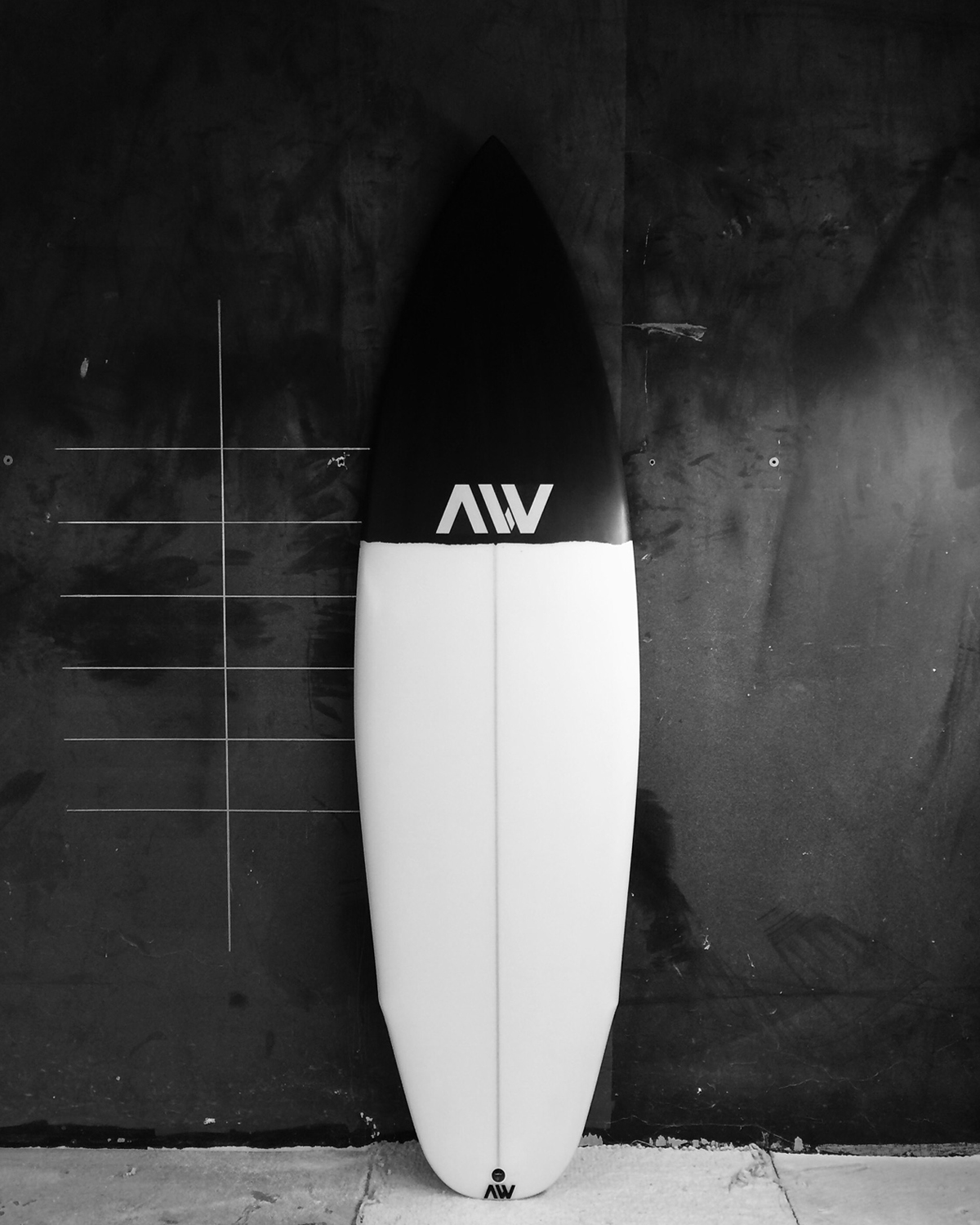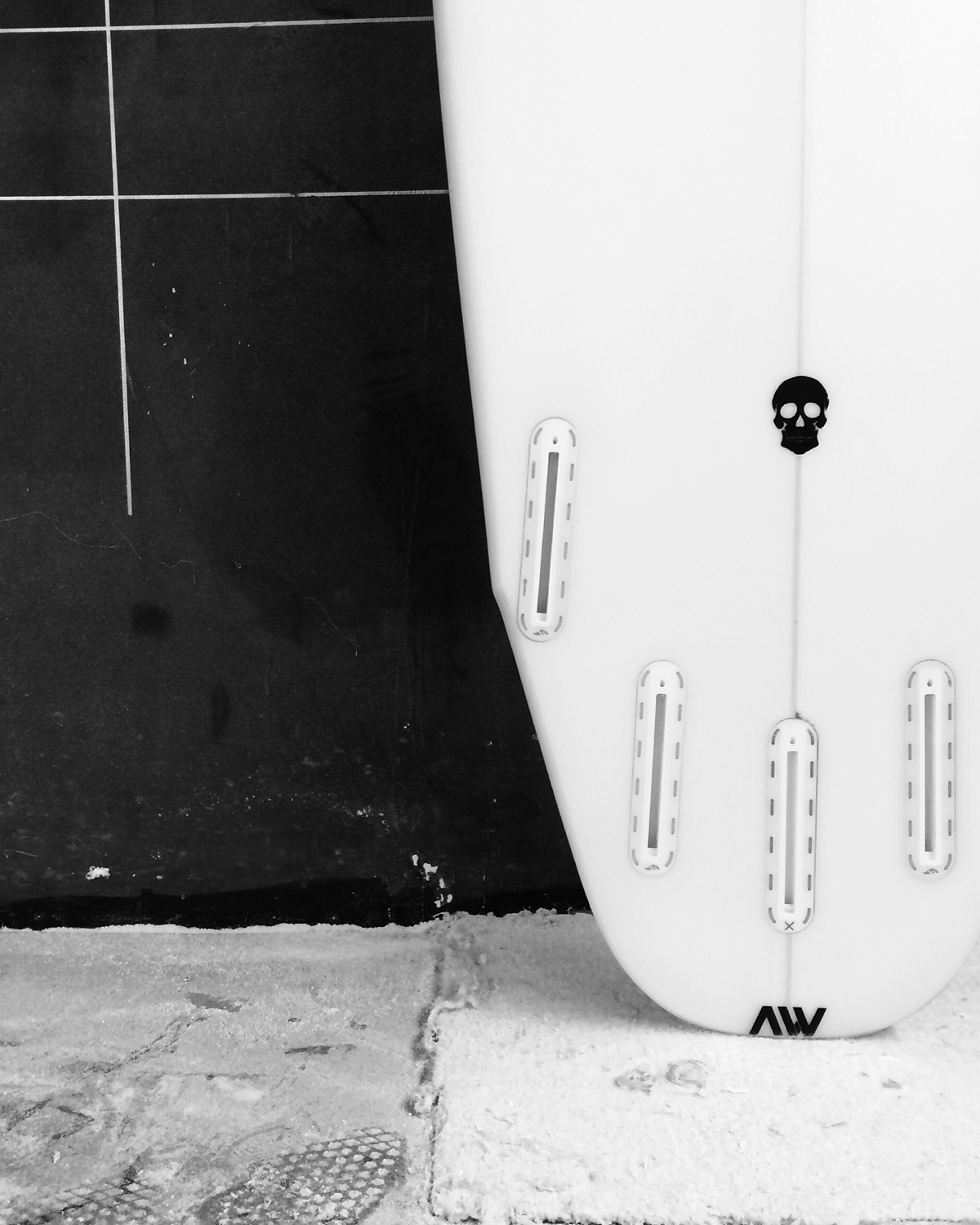Libertine
Seen this yet? We threw this clip on our insta a while back, of one of our guys screaming down the line on his Libertine. If you haven't seen it yet, go ahead. Speakers on, volume up and hit play. If you have, allow us to dive into the design of the Libertine.
So, we're designers with backgrounds in mechanical engineering. Which means we know a thing or two about fluid dynamics. This is where the inspiration for the Libertine came from. The Libertine isn't designed to be your snap, cutback, three-to-the-beach board; it's designed for expression, for cruising, getting loose when you want to and staying still when you don't.
Ready for a physics lession?
Run your eyes around the outline of the Libertine and you'll notice a few design features. For greater paddle efficiency, we've added greater width in the nose, transitioning into shallow sidecuts, which run parallel for a moment before hitting the Libertine's most interesting feature - the release points. The science behind the release points throws back to first principles of fluid flow.
Fluid is made up of layers, which stick to eachother and, more importantly, shear away from eachother under particular forces at particular speeds. The way that fluid layers react with the Libertine's outline is affected by how fast you're going, how hard you turn and on how much force you lay into your rail.
At slower speeds, the parallel rail section produces speed and connection, so when you're screaming down the line, you'll have hold, drive and projection; you'll be flying past those mushy sections. When you compress into a turn and engage your rail, the release points react with water flow, separating fluid layers, loosening up the tail of your board, allowing you to project your board in any direction you like, with control and freedom in equal measures.



Order your Libertine from AW Store.

